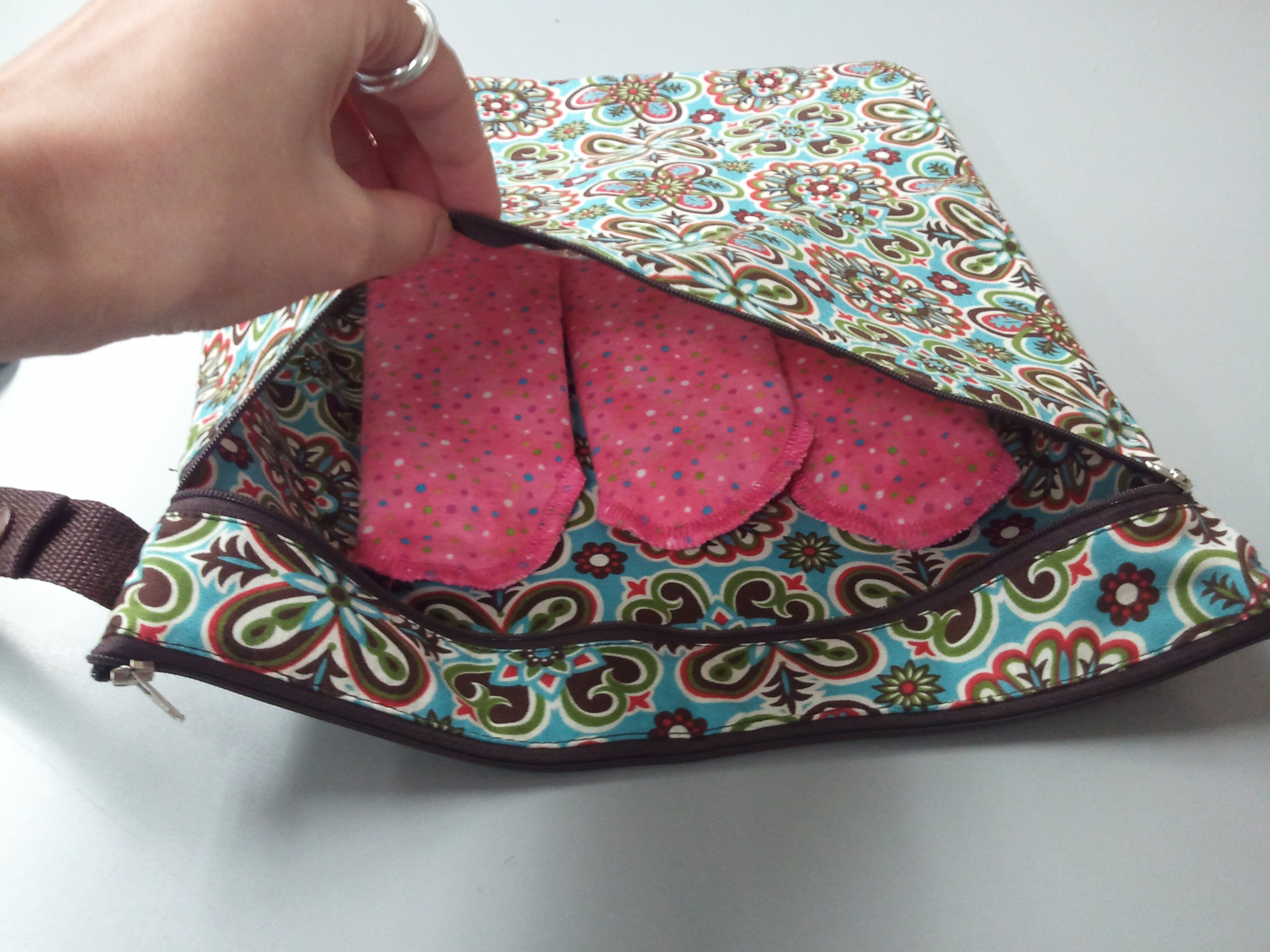In response to the mostly piss-poor sex education in the states, Jessica Biel, Joy Bryant, and Whitney Cummings teamed up with WomanCare Global (a nonprofit women's sexual health service provider) and Funny or Die to produce a series of educational comedy clips that address some misconceptions related to sex. The clips have received a lot of attention, and for good reason.
From an article in Slate:
Today, Biel and WomanCare Global, an international nonprofit that works to improve access to products such as contraception and menstrual cups, released a series of videos on Funny or Die called “If You Don’t Tell Them, Then Who Will?” Named to encourage parents and other informed adults to speak honestly with the kids in their lives about reproductive health, the three clips feature Biel kibitzing with fellow actresses Joy Bryant and Whitney Cummings about hetero sex, birth control, dudes, and periods in someone’s kitchen.
The three women cite some messed-up ideas of how female bodies work—e.g., if a condom gets stuck in your vagina, it cannot travel up and out your mouth, contrary to the anatomical fantasies of one Idaho lawmaker—which work as straw men for on-screen text to bat down. “We thought the best way to encourage women to get educated and start the conversation around our bodies was to make it comically clear that people like me, and other non-experts, should not be the source for this information,” said Biel in a statement.
Read the rest here.
Check out WomanCare Global here.
And the videos:












